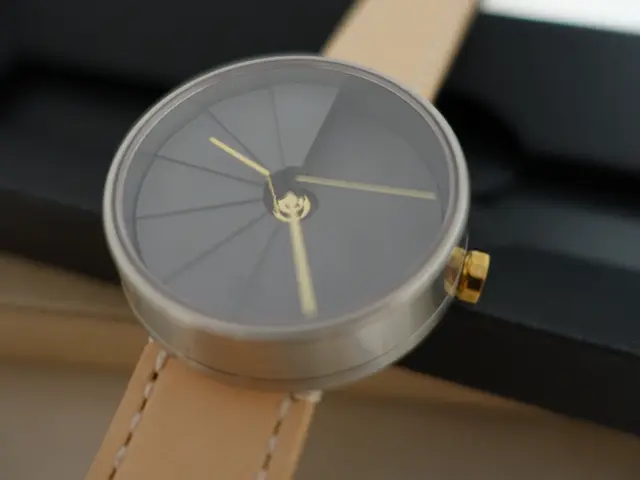Pistol Red Dot Sights Reach Maturity, Offering Reliable Options for Duty and Concealed Carry
The pistol red dot sight (RDS) industry has matured, offering reliable, enclosed options for both duty and concealed carry. Real-world use has driven improvements in durability, with modern closed-emitter micro pistol optics like Aimpoint's ACRO leading the way.
The use of pistol-mounted red dot sights began with competitive shooters in the late 1980s and early 1990s. Trijicon's RMR and Leupold's DeltaPoint refined the formula, shrinking size, extending battery life, and hardening housings. Holosun's EPS and EPS Carry brought sealed emitters and side-loading batteries to slimline pistols, making RDS accessible to small pistol carriers.
In recent years, companies such as Aimpoint and Holosun have developed closed micro-pistol optics. Three dominant footprints emerged for pistol RDS: RMR, RMSc/K, and ACRO, stabilizing holster options and mounting systems. Glock's MOS series mainstreamed pistol-mounted optics, making optics-ready models common in both duty and concealed carry formats. Institutional adoption of RDS has increased, with agencies moving red dots from experimental programs to fully authorized duty equipment. This evolution builds on the foundation laid by Aimpoint's tube sights in the 1970s and early miniature reflex optics like the Docter and JPoint. Trijicon's RCR bridged the gap between open-emitter and closed-emitter designs, maintaining compatibility with existing gear and holsters.
The pistol red dot sight industry has reached confident maturity, offering reliable enclosed options for duty and concealed carry. With dominant footprints stabilizing holster options and mounting systems, and institutional adoption increasing, the future of pistol RDS looks secure.







